Legendary Cuban rum brand Havana Club has created a brand-curated art exhibition that provides an international platform for contemporary Cuban artists and for the island nation’s culture.
Titled ‘The Smell That Comes Thorugh My Window’ (Un olor que entra por mi ventana), the show is displayed in the Havana Club Gallery within the Museum of Rum and it both literally and metaphorically reflects the cooking smells that pervade tightly need Cuban neighbourhoods and extends to the wider idea of ‘What is coming next?’.
This title is rooted in Cuban folklore.
Since Cuban houses are not hermetically closed, kitchen smells frequently penetrate surrounding homes. Metaphorically, A Smell that Comes through my Window is a signal of what’s coming up next, or what somebody else is “cooking”. In the context of emerging art, it translates into forecasting new aesthetic and thematic trends among younger artists, what is being “cooked” in terms of art in Cuba.
A statement from the brand itself says: ‘In the context of emerging art, it translates into forecasting new aesthetic and thematic trends among younger artists; what is being “cooked” in terms of art in Cuba.’
It includes a suite of contemporary works from 11 Cuban artists from Havana Club’s artist-in-residence programme which offers financial and educational, mentoring and resource support for artists. The scheme sponsors a set of artists working across various medium and genres offering them a $3,000 production budget.
The artists are selected annually by a jury of prestigious professionals from the Cuban artistic world to participate in two six-month residencies. Candidates are invited to submit proposals for a piece of work to be completed during the residency period. Through this initiative, local artists benefit from residency staff and structure and obtain a production budget.
The show is part of the umbrella Havana Cultura Visual Arts Project, which runs through the summer to 30 September and was originally launched by the rum brand to as the focal point of its commitment to young Cuban visual artists.
The exhibition is timed to coincide with the XI Habana Biennial: a celebration of art that takes place in the city every two years. The 2012 event includes work from 180 artists from 45 countries.
Directed by Jorge Fernández and organised by the Wilfredo Lam Center, this year’s festival is called ‘Artistic practises and Social Imagination’ (Prácticas artísticas e imaginarios sociales) and is themed on the assessment of the relationship between visual production and social imagination.
The Havana Club show itself is centered on the Havana Club Museum of Rum. Situated in the historic district of Habana Vieja (Old Havana), the museum is housed in a renovated 18th-century colonial townhouse.
It offers something of a journey back to the origins of Cuba’s most famous beverage. From freshly cut stalks of sugar cane to a reconstitution of a distillery and ageing cellars, the museum offers a real-time experience of the rum-making process, as well as a taste of true Cuban culture.
The Havana Cultura Visual Arts Project is co-produced by curators Flora Fairbairn (UK) and Sachie Hernández (Cuba).
Flora Fairbairn says: ‘The Havana Cultura Visual Arts Project provides artists with much needed funding and mentoring. By creating an exciting and important art collection on the back of these residencies, we will be able to show the rest of the world how dynamic and innovative emerging Cuban contemporary art is. Life for a Cuban artist is very different from that of artists in the rest of the world, and this is often reflected ingeniously in their work. The Cuban art scene is extremely refreshing and full of talent and innovation.’
Comment
Cuba and rum are almost inseparable and the drink has long been closely tied up with Cuba’s history, so the synergy between the drink and Cuba’s history and culture is long established.
The Havana Club brand was originally established by José Arechabala in 1878 and nationalised after the revolution. But since 1994 Havana Club has been produced by Havana Club International, a 50/50 joint venture between Pernod Ricard and the Cuban Government.
This collaboration between a global drinks business and the Cuban communist regime stands in marked contrast with Cuba’s most famous rum brand Bacardi. Bacardi was founded on the island even earlier way back in the 1830s. But the family and the business fled to Bermuda and Puerto Rico after the Castro regime confiscated the company’s Cuban assets in 1960 when it nationalised business and banned all private property and bank accounts.
By supporting and showcasing contemporary artists and young talent, Havana Club positions itself both as a fashionable and patriotic brand – one that is in synch with the country, its people and its culture as a hip brand in tune with culture.
Links:

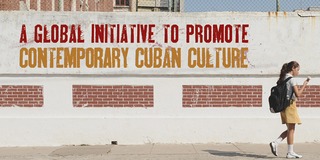











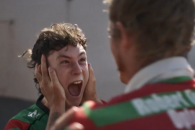
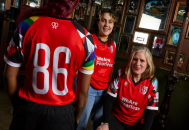









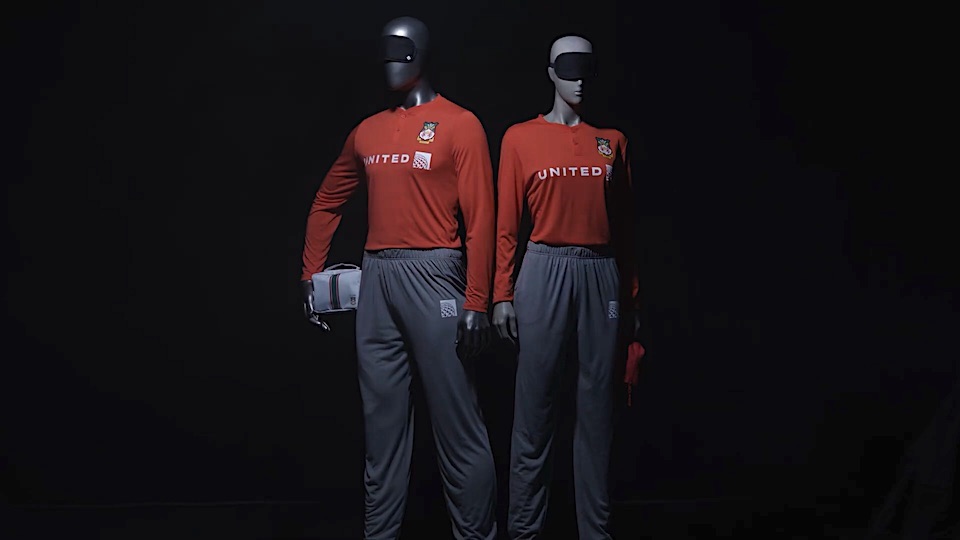

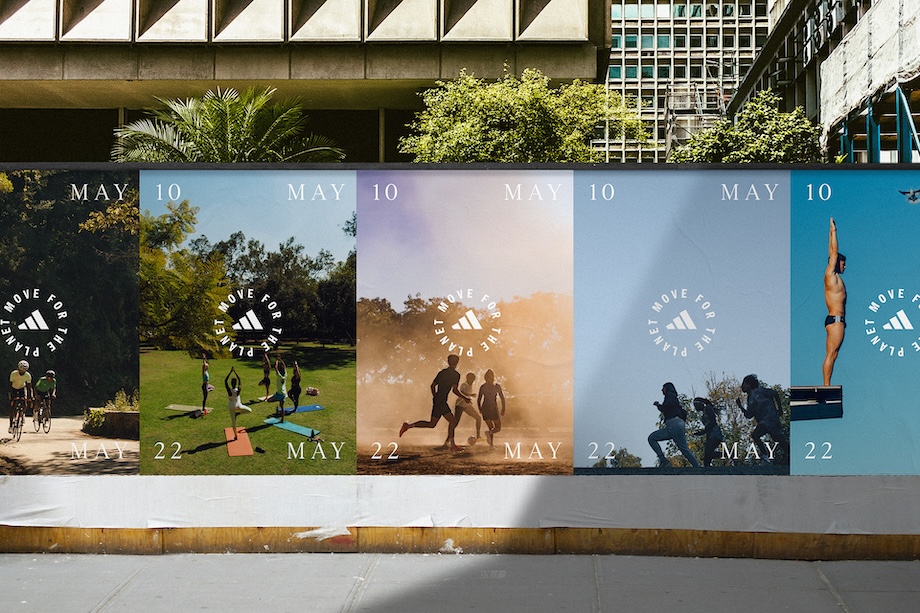

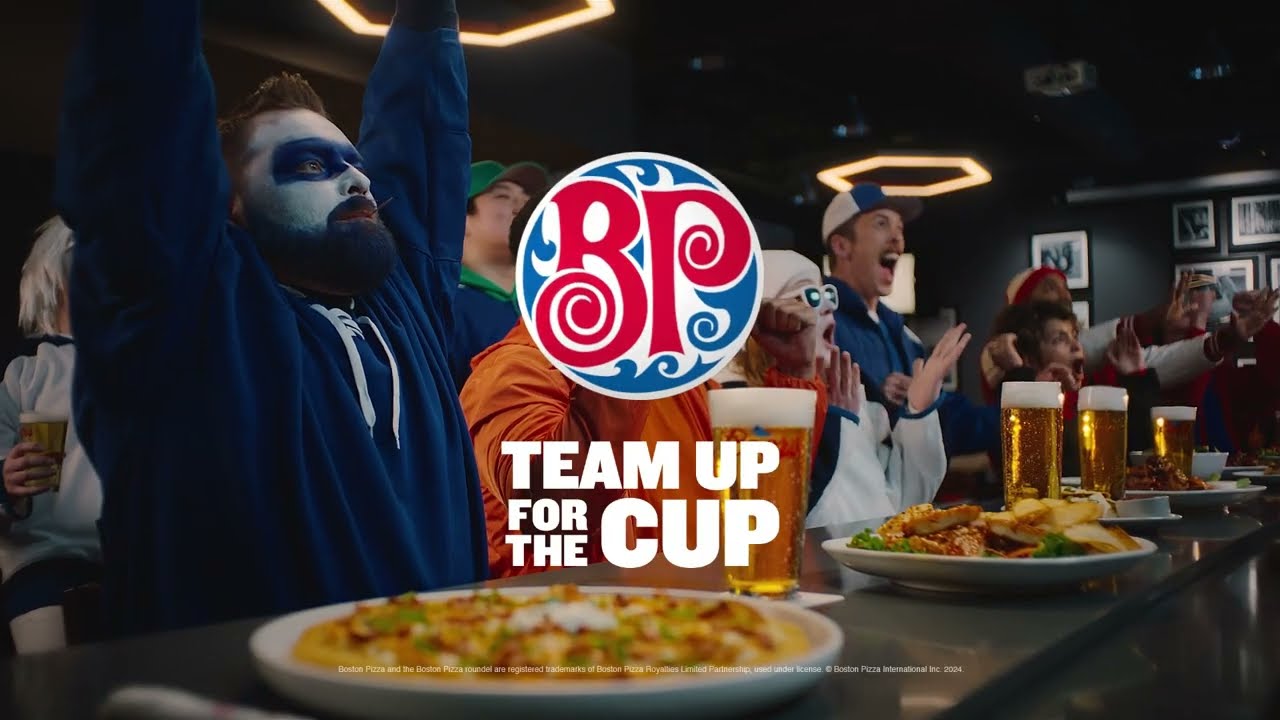

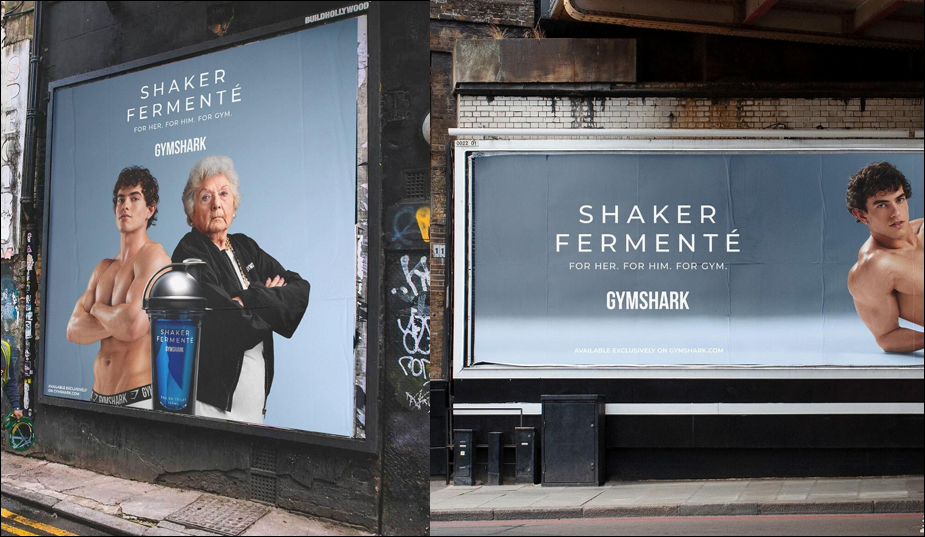





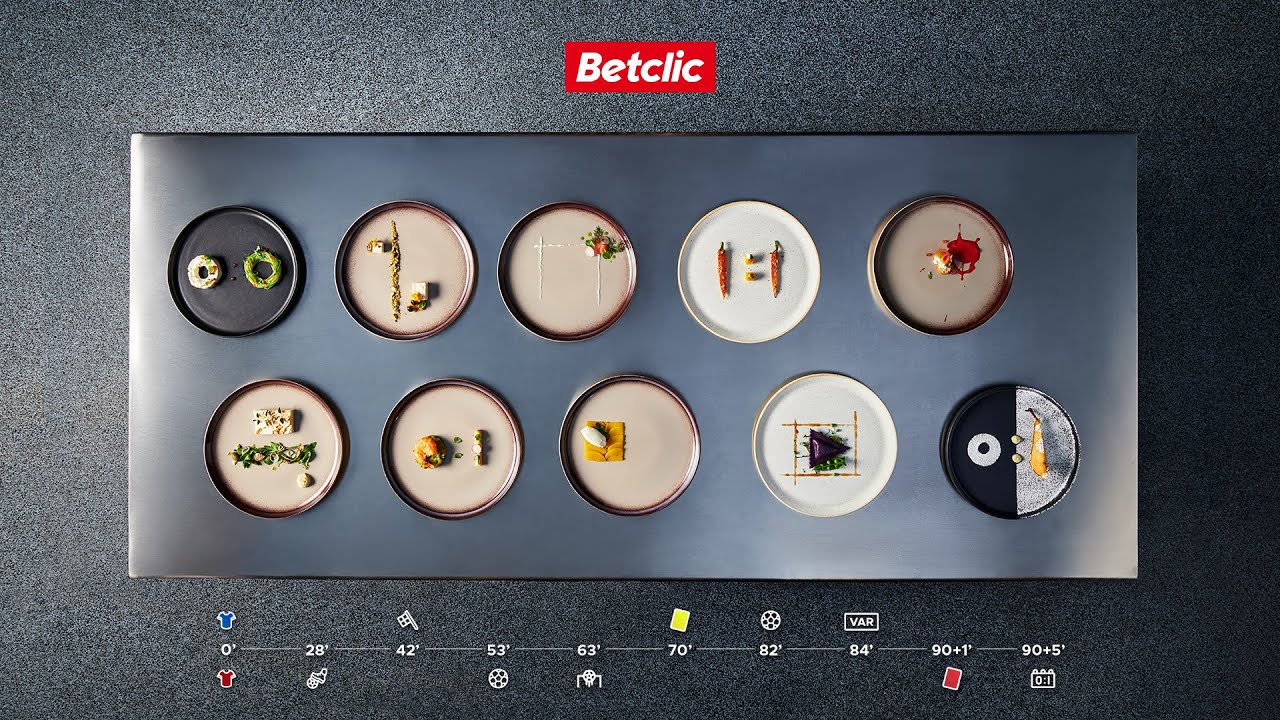

Leave a comment
You must be logged in to post a comment.